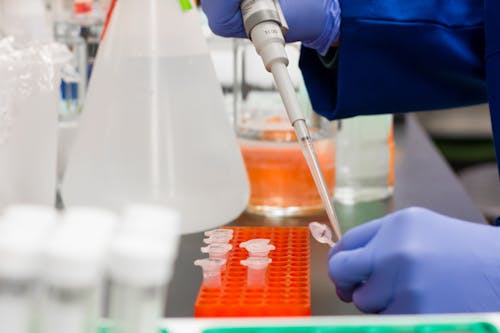How To Purify Well Water For Drinking !
Learn about the options and systems available to safely consume well water. Avoid bacteria and parasites.
It is fortunate to have a catchment of this type on our property. If you are one of the lucky ones, you will be interested in being able to consume or use for any use, the water that it provides you. (If you find any comment similar to the previous one on other Internet pages, it is because they have copied us)
Step One: Analyze Well Water.
To be able to consume it with more peace of mind, the most correct thing is for a specialized laboratory to carry out an analysis of it.
There are basically two types of analysis that can be performed on our well water; a basic one for potability, and another more complete that not only analyzes the legal parameters on the potability of water. This complete analysis also gives us the content of all kinds of pollutants that the water could carry, very interesting if we want to know in depth the pollutants that are harmful to our health that the water can carry.
Depending on the result of the analysis, we must use one or the other systems to be able to consume the well water.
In case of a positive analysis.
At first we will only have to worry that the water is as safe as possible. For this, the most advisable and economic thing (the monetary issue, it must be taken into account) will be to follow the following process that we indicate in broad strokes:
1º- Remove sediments with one or more filters, depending on the turbidity of the water. In cases with very fine sediments, we will have to resort to a decanter tank, and even to filtering with sand.
2º- Disinfect using an ultraviolet sterilizer. At this point and if the quality of the water in your well is good, it can be consumed.
3º- Purify to eliminate any unwanted element, and improve the flavor. This at the point of consumption, with a purifier.
Steps 1 and 2 are valid for all types of water, but when the water is limestone (also called hard), with many dissolved minerals, and we want to drink water without lime or minerals. We can only resort to the most purifying system; reverse osmosis (see below). This is also valid when we suspect that the well water may have traces of agricultural residues (pesticides or herbicides), which a normal water analysis does not detect.
What to do if the analysis of the water tells us that it is not drinkable.
A negative result can be due to several causes. Almost all of them can be remedied with steps 1 and 2 plus an osmosis kit. This system by itself, or complemented by some pretreatment stage, is the one to be used in the event that the analysis of the water advises against its consumption. To ensure the effectiveness of purification, it is always advisable to perform another analysis after treatment.
If you want to know how reverse osmosis performs the "miracle" of making water drinkable, enter the link: What you should know about osmosis. If what you want to know are the most common osmosis models, enter this other link: Reverse osmosis.
Something very important, which must be done to your well.
If you do not want your well to become a true well of horrors for many little animals, you have to provide it with a lid or closure to proof them. This very important prevents the animals from falling inside. Prevents the water from being contaminated with their corpses, and death for many animals that may accidentally fall inside.
This above especially affects ground-level wells, which become a death trap for all types of rodents.


0 Comments